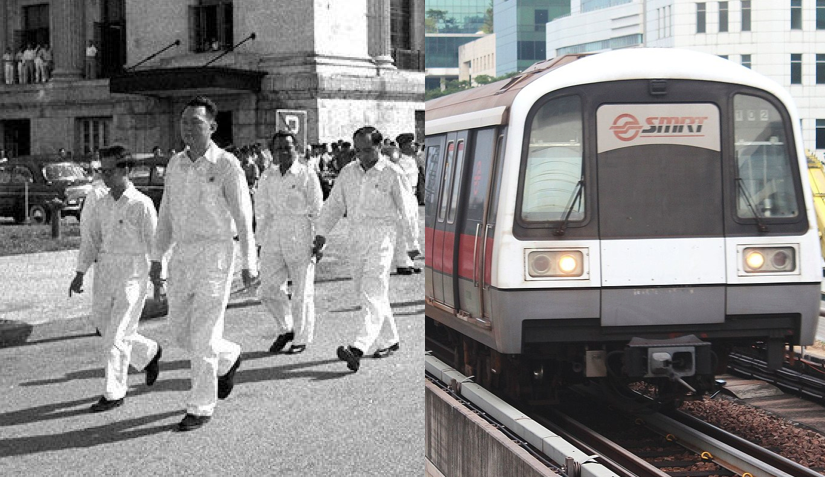Our MRT system is in a beleaguered state after all the problems that have plagued it recently.
Even though plans have been announced for maintenance work to be carried out in December, many Singaporeans are still cynical at the likelihood of things getting resolved anytime soon.
It is a tough time for Transport Minister Khaw Boon Wan, SMRT chairman Seah Moon Ming and CEO Desmond Kuek, who are in the hot seat.
Khaw, in particular, has been the main person fronting and addressing the general public on the rail system's numerous issues which has not gone unnoticed.
Nobody would want to be in their positions at the moment.
At troubled times like these, people sometimes look back into the past to sieve out some best practices, principles, values, and management guidance for inspiration and for adaptation in the present context.
So, let's take look what some of Singapore's old guard leaders had up their sleeves in dealing with problems.
Why the Old Guards?
Singapore's founding generation of leaders led by prime minister Lee Kuan Yew had a reputation for getting things done and solving immensely difficult problems.
They did, after all, lead Singapore through tumultuous times in our early days as an independent country to build it into what it is today.
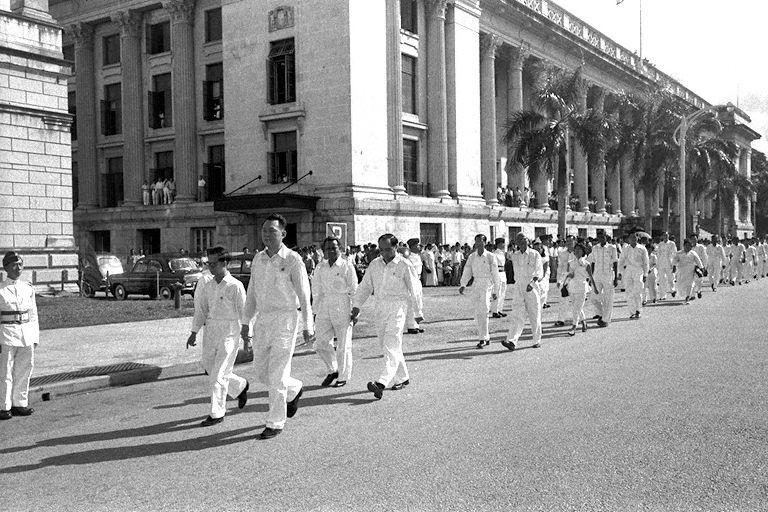 Source: NAS
Source: NAS
Behind their ability to lead, get things done, and solve problems was a pragmatic, no nonsense and decisive approach.
Former EDB chairman Philip Yeo, a veteran civil servant who had worked under the old guard leadership said this of them in his book Neither Civil Nor Servant - The Philip Yeo Story:
"The Old Guards were politicians. They built a nation from next to nothing. They didn’t care about the nitty gritty. Just get the bloody job done. Bring in investments, create jobs, build up an army. They didn’t have time to discuss with you “on the one hand and on the other hand”. They sketched the big picture, they told you what they wanted and they left you alone to do it. It’s based on trust."
With that in mind, here is a look at how the old guards handle difficult challenges.
LKY: Grounding an airline and starting over
Back in 1980, Singapore Airlines faced a crisis caused by a dispute with its pilots' union. The union had launched an illegal industrial action, which caused a flight from Dubai to London to be disrupted.
If allowed to fester, the problem would get ingrained into SIA's organisational culture over time and make things worse.
Even though SIA was already an established brand and airline in those days, LKY met union leaders in person and told them he was prepared to take the drastic step of grounding the airline and start over again without them:
"And I’m prepared to start all over again or stop it! Get back to work, restore discipline, then argue your case.
Took them 65 minutes and they decided ok it isn’t worth the fight.
Why? Because they know they’ll lose.
They know that I’m prepared to ground the airline. They know that I can get the airline going again without them."
When LKY says it, nobody doubts him.
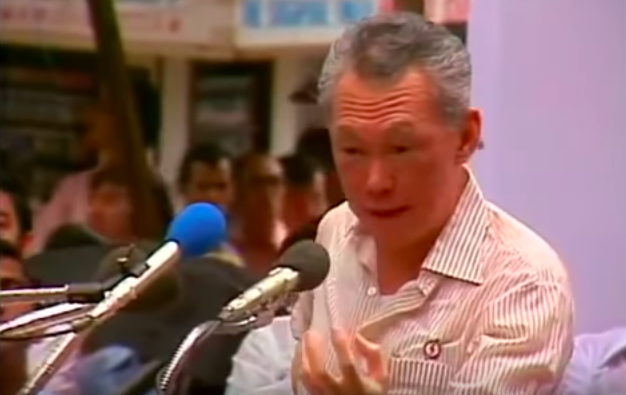 Screenshot from Youtube.
Screenshot from Youtube.
If applied to our current rail problems, this would mean being prepared to stop all MRT operations for repairs and sacking the staff who espouse the bad work culture that Kuek had highlighted before.
Incidentally, this is actually being carried out to an extent at the moment, with staff sackings and two full days of shut downs scheduled in December.
LKY: Replacing the chief if things don't work
Unsurprisingly, there are more gems from LKY on leadership and management.
During the 1984 National Day Rally (NDR), he made the point that everything in Singapore has to work:
"Everything works. Whether it's water, electricity, gas. telephones, telexes. It just has to work.
If it doesn't work, I want to know why."
And if things don't turn out the way he expects them to, he advocates the replacement of the chief:
"And if I'm not satisfied, as I often was not, the chief goes. And I have to find another chief.
Firing a chief is very simple, getting one who will do the job better, that's different."
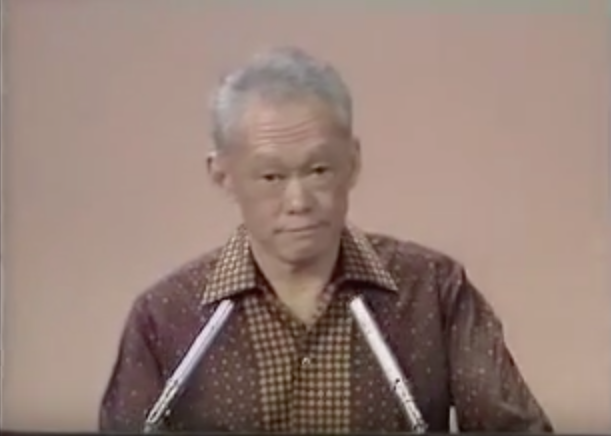 Screenshot from Youtube.
Screenshot from Youtube.
Why go after the chief when it might have been the staff who made a mistake?
Well, that's leadership in LKY's view, and we can probably get a sense of why he thought this way through this statement he made in 1982, two years before the 1984 NDR:
"From 23 years of experience in government, I have learned that one high-calibre mind in charge of a ministry, or a statutory board, makes the difference between success and failure of a major project. A top mind, given a task, brings together a group of other able men, organises them into a cohesive team, and away the project goes."
If applied to the present situation with SMRT, this could simply mean the sacking and replacement of the SMRT CEO for the next better player to step in.
While there have been calls for Kuek to quit, it seems unlikely that this will happen anytime soon.
Khaw spoke up for Kuek in Parliament on Nov. 7, highlighting that Kuek had volunteered for the job at SMRT.
[related_story]
Goh Keng Swee: Judging a practitioner by results and being sensitive to the times
Goh Keng Swee was the architect of Singapore's economy and a well-known Mr Fix-It, who left his indelible mark in the various ministries he helmed including defence, where he introduced National Service to Singapore.
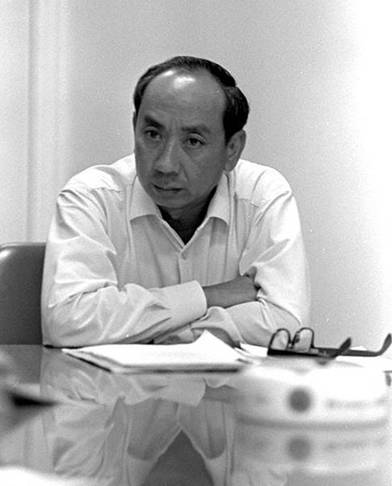 Goh Keng Swee. Source: NAS
Goh Keng Swee. Source: NAS
He even served two different stints as finance minister.
In the book The Practice of Economic Growth, which is a collection of his essays, Goh said:
"A practitioner is not judged by the rigour of his logic or by the elegance of his presentation. He is judged by results. Experience is a harsh school in which there are no alibis for failure."
Goh was not one who hesitated in implementing strict but necessary measures to make things work.
During his first stint as finance minister from 1959 to 1965, Goh cut civil service salaries to lower government spending.
His move was successful in turning a forecast $14 million deficit into a $1 million surplus.
Goh was also the man who was insistent on Singapore's separation from Malaysia, even though his old guard colleagues, LKY, Toh Chin Chye, and S Rajaratnam were initially against it.
He was known to have persuaded then Malaysian deputy prime minister Abdul Razak and home affairs minister Ismail Abdul Rahman that "the only way out was for Singapore to secede completely".
It was bold and somewhat risky, but with the benefit of hindsight a good move that went against the grain.
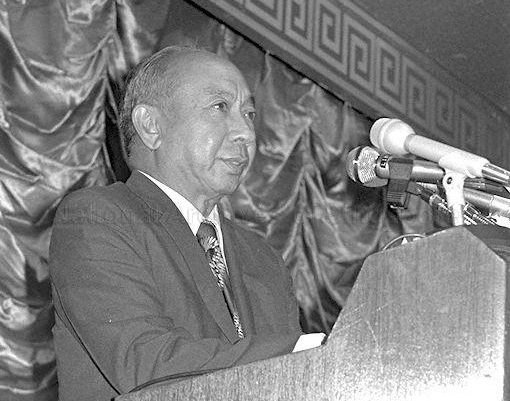 Source: NAS
Source: NAS
Goh also wasn't afraid to abandon plans and ideas that had already been laid out before, in order to adopt and implement new ones to suit the changing circumstances.
This aspect of him is highlighted in the book Goh Keng Swee: A Legacy of Public Service:
"In comparing what Goh did during the two spells he had as Minister for Finance, we see how adaptable a development economist needs to be. In his second spell during 1967-70, Goh abandoned what was omitted during his first spell when he masterminded the 1961-1964 state development plan, namely the consideration of a common currency (with Malaysia) and the burden of unrestricted immigration. He even abandoned the publication of an already-written second plan for 1965-69.
Circumstances had clearly changed between 1959 and 1967. Development economics is a hard-headed discipline, and Goh was too good an economist not to realise this. Yet he also retain some common features in both experiences as a development economist. He was a good economist who relied on deductive thinking."
This ability to be sensitive to the changing circumstances without being bogged down by established but outdated ideas helped Singapore in its progress over time.
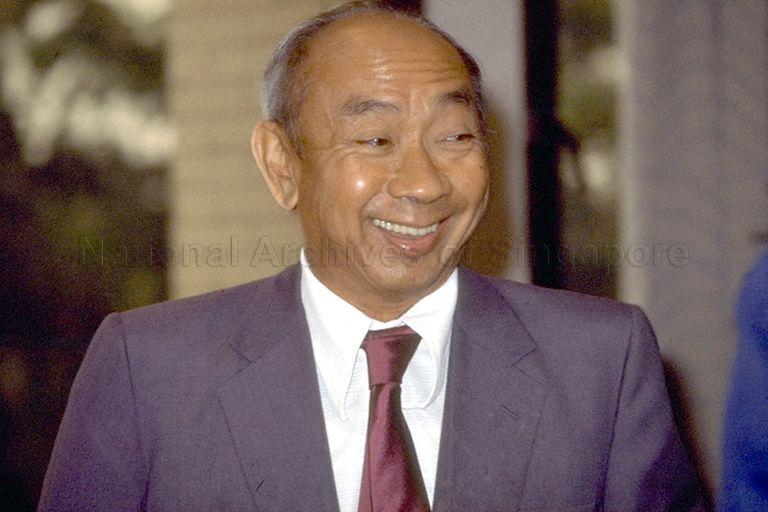 Source: NAS
Source: NAS
When he was chairman of the MAS in the 1980s, he reviewed and restructured the key functions of the central bank, which saw many resignations and retrenchments, according to the book Asian States, Asian Bankers: Central Banking in Southeast Asia.
The drastic changes made MAS better over the years, nonetheless.
In the present SMRT situation, it is perhaps worth taking Goh's view that results matter, and tough but necessary measures like restructuring an organisation will prove to to work out well in the long term.
This could mean mass layoffs of SMRT staff who are underperforming and restructuring within the organisation to improve the work culture that Kuek has problems dealing with.
Channelling Goh, Philip Yeo said this in his book on managing change within an organisation:
"Like Dr Goh (Keng Swee), I don’t believe people can change. So the best way to change an organisation is to burn it down and start afresh. That means I sack the whole lot of managers."
Another lesson from Goh's style of management and leadership is that one should not be bogged down by established plans and procedures, and be ready to abandon them if the situation calls for it.
Maybe there's something from Goh's approach that can be adopted?
Lim Kim San: No mucking about with a slanted building
While Lim Kim San is an old guard leader who had held various portfolios throughout his career, he is best remembered for his work in building homes for Singaporeans as the chairman of HDB (1960-1963) and as Minister for National Development (1963-1965).
Like his colleagues, Lim also had a fierce reputation for not mucking about. Unlike his old guard colleagues though, he did not hold a degree and cut his teeth as a businessman.
But this meant that he was all business and no nonsense.
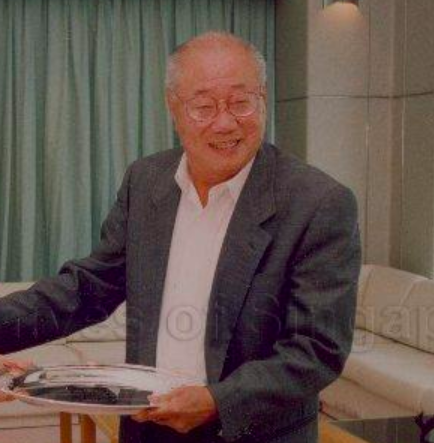 Lim Kim San. Source: NAS
Lim Kim San. Source: NAS
In the early days, when he oversaw the building of HDB flats for Singaporeans, he was often at construction sites talking to the workers and checking on things like the processes and materials.
In a 2005 Asiaweek article, Lim was quoted recounting this incident during his time overseeing the construction of public housing:
"Once Lim noticed a serious problem. 'When I was driving to my office, I passed a block that was being built,' he says. 'It looked as if it was slanting, so I called the chief architect and they did a plumb line. It was slanting. So I told them to demolish it.' Just like that. And down it came. That was the Lim style. 'No mucking about,' he says."
As drastic as this might seem, it also shows how Lim prioritised safety and quality of the public housing under his care.
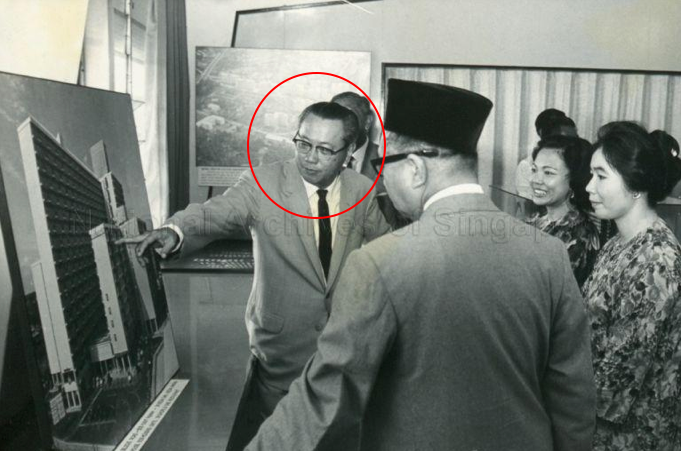 Source: NAS
Source: NAS
If applied at face value to the present issue, someone like Lim might have well demolished and rebuilt the problematic parts of the MRT system where necessary without mucking about.
But this will be a really tough approach to take, and given how the present time and context is different, it is a pretty bitter pill to take, be it by those making the decision and with Singaporeans in general.
We are unlikely to see such an approach being taken anytime soon.
[related_story]
Lim Kim San: No mucking about with making changes within SPH
All throughout his career Lim never mucked about in getting things done.
The same Asiaweek article notes that this was what happened when he became Singapore Press Holdings' chairman in 1988:
"'I had never seen a big organisation as disorganised as SPH,' he recalls. 'And there was a Mafia in the management.' These entrenched senior executives tried to out-psyche him. 'They knew I'd come in to sort things out, but they said to themselves: Don't worry, he's old, this is just a passing storm. Batten down the hatches for a while.' He grins. 'Then I started.' People still talk about it today. Editor-in-chief Cheong recalls: 'He went on a major pruning exercise and cut out what he considered excess fat.' About a dozen top men got the chop. 'You can't afford to mess about,' says Lim brusquely, in what might be called Lee-speak. 'This is a multi-million-dollar business.'"
For someone like Lim, such measures to fix SMRT's internal problems might be implemented to improve the organisation.
This approach would be similar to Goh Keng Swee's style of adopting tough measure to restructure an organisation.
Different generation and times
Clearly, we can see how some of Singapore's old guards were no nonsense men who led, managed, and solved problems resolutely in the past
But, as strict, drastic, and brusque as some of their approaches were, they did instil a certain discipline that built up Singapore's reputation as an efficient and reliable country.
But things have changed over the years, and the present time is very different from the past. This also means that old way of doing things could be outdated.
Nevertheless, there is no doubt that our MRT system desperately needs to be fixed before we lose our reputation for efficiency and reliability.
Top image adapted from NAS and Wikipedia.
If you like what you read, follow us on Facebook, Instagram, Twitter and Telegram to get the latest updates.
